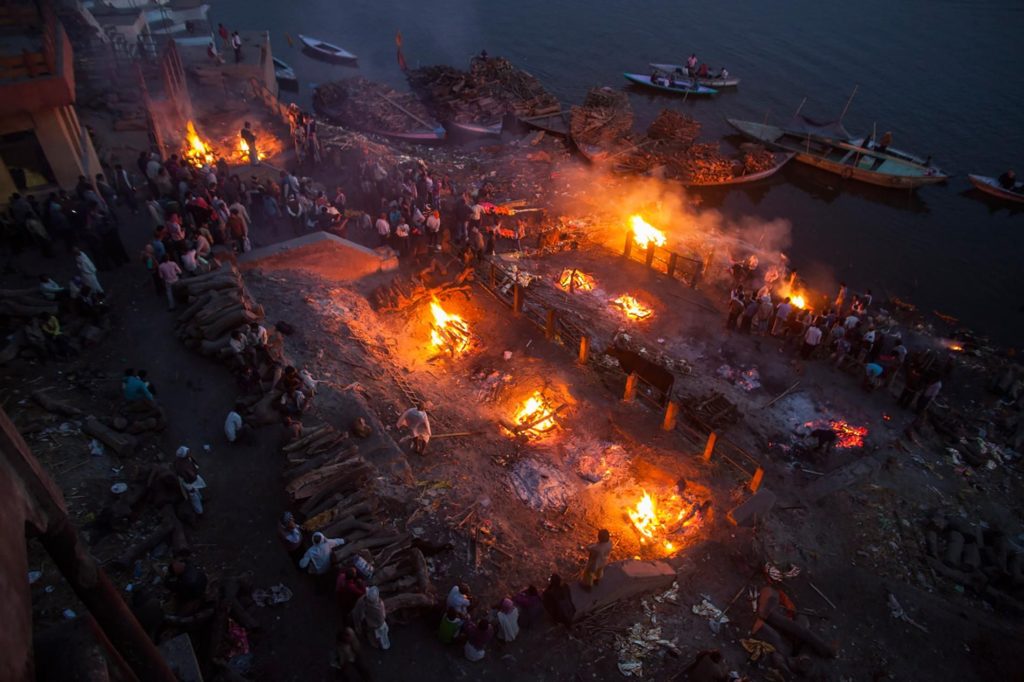Delhi: The conditions of crematorium is worst ever, as they struggle with coronavirus death.
By Tarini Khosla

Cremation chamber are now been used to burn the bodies of corona patients as the death toll has been increasing day by day in the national capital, as the traditional funeral pyre are facing huge difficulties to burn the bodies.
The ascending number of bodies arriving from the hospital has urged the facility of the furnace of the city’s historic Red Fort, to prolong its opening hours. Funeral time extended 8 A M and go on late into the night.
India is one of the hardest-hit countries, from the COVID 19, with about 2,40,000 cases and more than 6700 dead. According to reports, there have been about, 650 death in Delhi till now, but as per the media and cemetery officials, there are hundreds of more victims.
A committee that runs Nigambodh Ghat said that they have supervised more than 500 funerals in two months. Along with three other crematoria and at least two cemeteries also handle Delhi’s virus dead.
Authorities have ordered victims to be ignited in modern furnaces as a precaution against infection. In Nigambodh Ghat with 3 furnaces working, wood pyre, traditional funeral rituals have been also used to burn the bodies. Suman Kumar Gupta crematorium management committee said that they have arranged sanitation tunnels for the family.
The official also said, “They want it to be faster but we have only three furnace working”.
The pressure is being built as sometimes four or five bodies are brought by same ambulance at a time. It created tension in the surrounding. An ambulance driver told AFP there had been times when he was forced to leave his vehicle with bodies inside parked overnight at Nigambodh Ghat, after the facility failed to cremate them and they could not be returned to the hospital.
It takes about two hours to incinerate a body in a furnace and even longer on the pyres, which are fed by a constant stream of cartloads of wood pushed by dozens of crematorium workers.
Narendra Vashisht, 68, waited two hours before he could peer through the glass at his brother’s body being prepared for its final moments.
“We used to get only four or five bodies a day for the furnace. We had to convince people to use it. Now things are different,” said the management committee of crematorium.
Gupta worries about the lack of protective equipment for the workers, though they themselves appear less nervous.
Sanjay Sharma said “But we will make sure the dead are treated with respect,” he said. “It’s the least we can do for the shattered families.”
